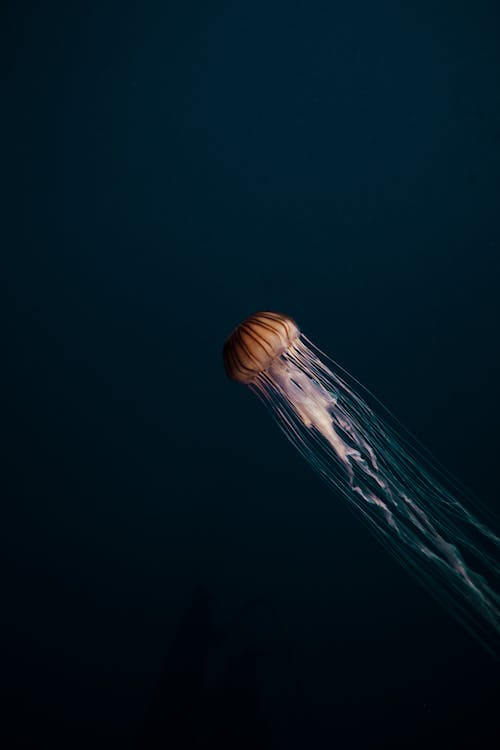By Paul Dees
People hate sequels… I found Jurassic Park to be incomparably better than Jurassic World. However, plankton has been present on our planet for at least a billion years1 – much older than the dinosaurs!

I have recently been wandering about why I became interested in plankton. When I was still in school I was obsessed with whales and dolphins. I could have told you all about baleen and toothed whales; that sperm whales were named so because of the waxy substance spermaceti in their heads2, that bowhead whales can live up to 200 years as suggested by stone harpoon heads found in their blubber3, that killer whales are actually dolphins. I had, however, neglected to think about the foundation directly or indirectly feeding these majestic animals: plankton.
Our word plankton originally came from the Greek word for planktos, meaning “drifter”. This is a general and all-encompassing term for marine dwelling beings which cannot swim against currents. Although it is often tempting to think of plankton as the funny little creatures from SpongeBob SquarePants, the amount of diversity that this simple definition allows for is astounding. Both single cell organisms less than 0.2 μm, and jellyfish more than 20 m (20,000,000 μm) long are both unable to swim against currents. But if plankton are so diverse and encompass so many different organisms, why should we care? It is true that some of them are bioluminescent, and this is really cool (stay tuned for future blog posts), but this is not the only reason…
Plankton can teach us about how ocean currents move around the global ocean. A large warm water anomaly was detected in the North Pacific between 2013 – 2016, ominously called “the blob”. This warmer than usual water may have enhanced the proportion of toxin producing diatoms4. Toxins were then amplified up through the food chain and eventually impacted on populations of marine mammals and birds along the Pacific coast of North America5. There were fewer interactions between humpback whale calves and mothers while the blob persisted, possibly linked to decreases in their preferred planktonic food6.
Another example of plankton populations changing due to variations in the ocean has been detected closer to Norway. Larger than normal inputs, or flushes, of southern Atlantic Ocean water have been detected in the North Sea. These flushes brought with them (drifting!) plankton species usually associated with warmer water, and reduced the proportion species adapted to more usual temperate North Sea conditions7. Flushes could nevertheless provide information about how plankton populations may change with a warming ocean.
The effect of plankton diversity on higher trophic levels cannot be overstated. If the plankton population changes to one with lower food quality for species targeted by fisheries, there will be changes to the diet available to humans in later years. Predicting changes to plankton is therefore an important part of my research as a SEAS fellow. When we ponder the fact that presently around 10% of the world’s population relies primarily on seafood8, the coming years are looking bleak.
Even disregarding our own dinner plates, it is important to be aware of changes in plankton. Most plankton species react to seasonal changes dramatically, rapidly increasing and decreasing their biomass throughout the year. They typically have high reproduction rates and death rates and so are closely associated with environmental changes like temperature. Plankton, therefore, can be viewed as a harbinger of things to come with climate change. Changes to our ocean are coming, and we will see it in the plankton first.
I guess it is no wonder I am interested in plankton after all. Let’s hope there will soon be a blockbuster movie about plankton!
- https://doi.org/10.1016/j.freeradbiomed.2019.05.007
- https://doi.org/10.1017/S0025315400024395
- https://doi.org/10.1007/s00300-008-0407-2
- https://doi.org/10.1371/journal.pone.0231902
- https://doi.org/10.1016/j.hal.2018.06.001
- http://dx.doi.org/10.1098/rsos.181463
- https://doi.org/10.1016/j.pocean.2004.02.018
- https://www.fao.org/3/ca9229en/online/ca9229en.html#chapter-Key_message

Be First to Comment